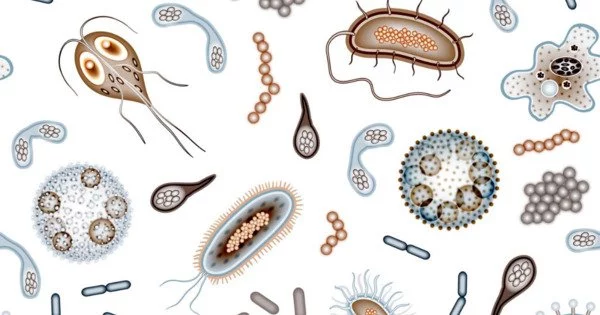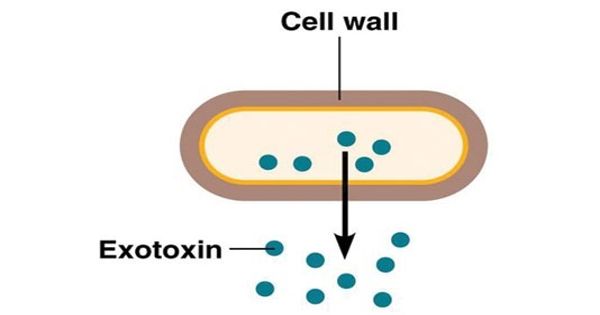Microbial ecology is the study of microorganisms in their natural environments, including their interactions with one another, other organisms, and the physical and chemical environments in which they live. It is the study of microorganisms’ interactions with one another and with their surroundings. It includes viruses as well as the three major domains of life: Eukaryota, Archaea, and Bacteria.
Bacteria, archaea, fungi, protists, and viruses are all microorganisms. These organisms play critical roles in a wide range of ecosystems, influencing nutrient cycling, energy flow, and overall ecosystem stability.
Microorganisms have an impact on the entire biosphere due to their omnipresence. Microbial life regulates biogeochemical systems in nearly all of our planet’s environments, including some of the most extreme, such as frozen environments and acidic lakes, as well as some of the most familiar, such as the human small intestine, nose, and mouth.
Key aspects of microbial ecology include:
- Microbial Diversity: Microbial ecosystems are incredibly diverse, with many different types of microorganisms living in various environments. Understanding ecosystem functions requires an understanding of this diversity.
- Microbial Interactions: Microbes have complex interactions with one another and with other organisms. Cooperative (mutualistic or symbiotic) or competitive interactions can occur. Some microbes, for example, form beneficial relationships with plants, assisting in nutrient uptake, whereas others compete for resources.
- Nutrient Cycling: Microbes play an important role in the cycling of nutrients through ecosystems. They play critical roles in nitrogen fixation, denitrification, carbon cycling, and sulfur cycling. Microbial communities contribute to the proper balance of essential elements in ecosystems.
- Biogeochemical Cycles: Microbial activities influence the movement and transformation of elements and compounds in ecosystems. Biogeochemical cycles, such as the carbon and nitrogen cycles, rely heavily on microbial processes.
- Human Microbiome: Microbial ecology includes the study of microorganisms found in the human body. The human microbiome is made up of trillions of microbes that live in various parts of the body and play important roles in health and disease.
Microbes, by virtue of their biomass alone, constitute a significant carbon sink due to the quantitative magnitude of microbial life (calculated as 5.01030 cells; eight orders of magnitude greater than the number of stars in the observable universe). Aside from carbon fixation, key collective metabolic processes of microorganisms (such as nitrogen fixation, methane metabolism, and sulfur metabolism) control global biogeochemical cycling. The vastness of microorganism production means that even in the absence of eukaryotic life, these processes would most likely continue unaffected.
















